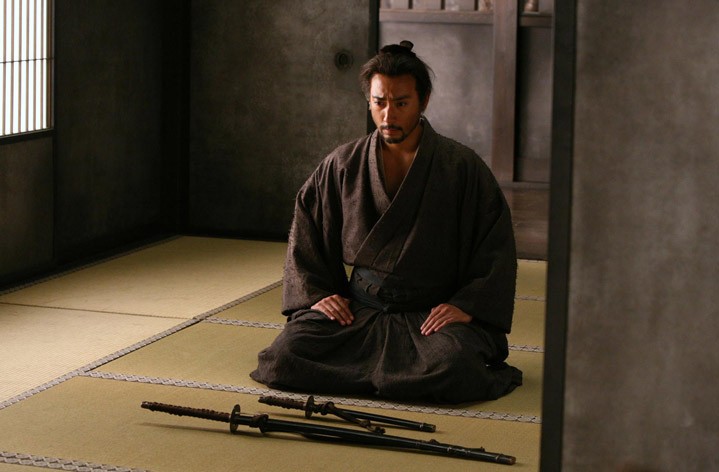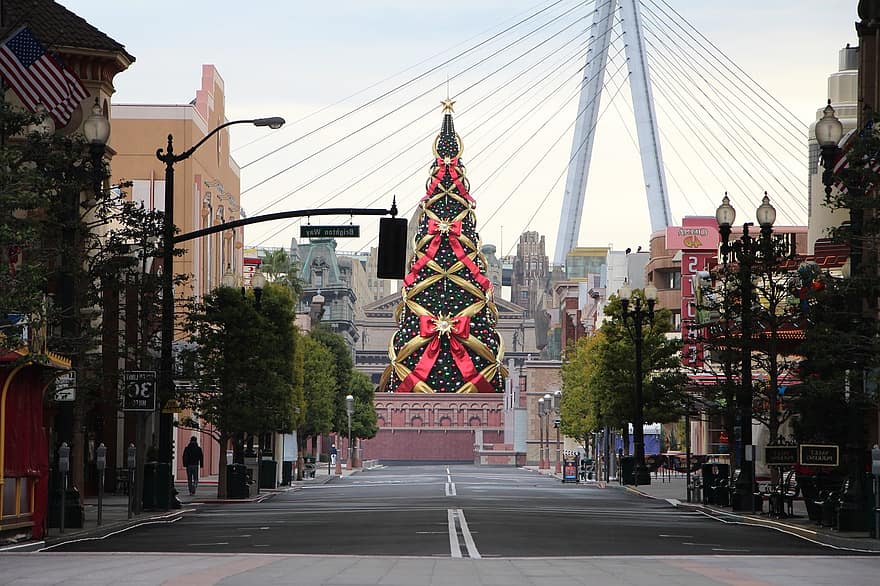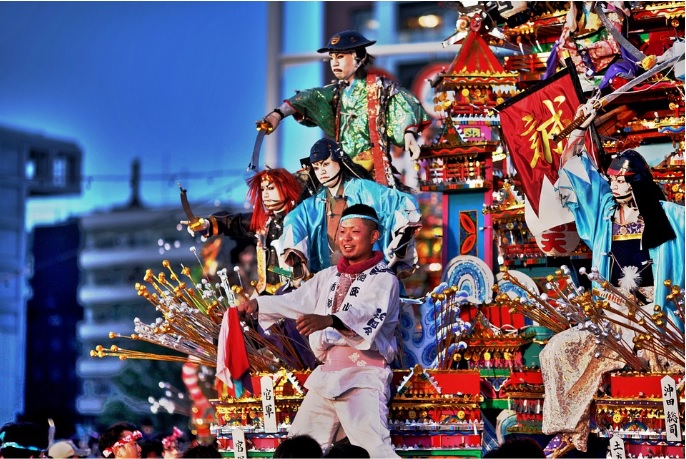
Harakiri or Seppuku is a Japanese ritual wherein the individual commits suicide in order to preserve their honor. It is usually prefered over torture, so as to die an honorable death. It is also considered as a capital punishment for a samurai who has committed a serious offense. The ritual is performed in front of spectators in a grand ceremony dedicated to the samurai who is about to die.
The ritual is done by slicing the abdomen from left to right using a short blade. This is done by the samurai himself. But before this, few preparations are made by the samurai. When the morning comes, he will bathe and wear a white robe. He then takes his last meal. He will seat in a seiza position (kneeling, with the body sitting on the heel). He would place his sword in front of him and prepare to write a death poem. A kaishakunin, the one who will chop his head off, will be by his side.
The samurai would remove his upper garment and drive the blade to the left part of his abdomen and slice it until the right part then bring it upwards to the chest. When this is done, the kaishakunin will decapitate the samurai but leave a small portion of the skin in order for the head to remain attached to the body.
Performing the Seppuku is a sacred ritual during the Edo period and one must respect it fully. The samurai who performs the ritual is considered to be an honourable one and his death is considered as death in combat, one of the most honorable death a samurai can have.





